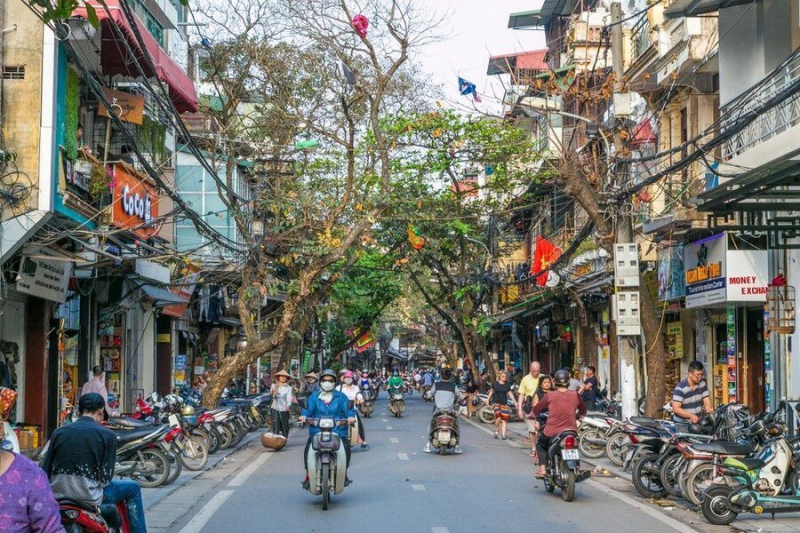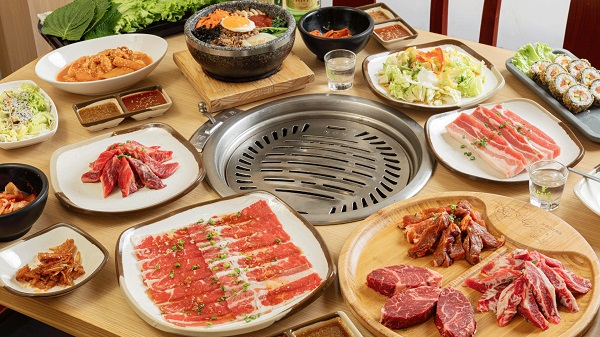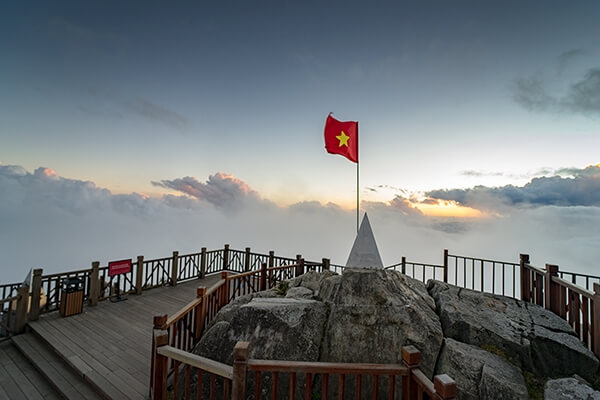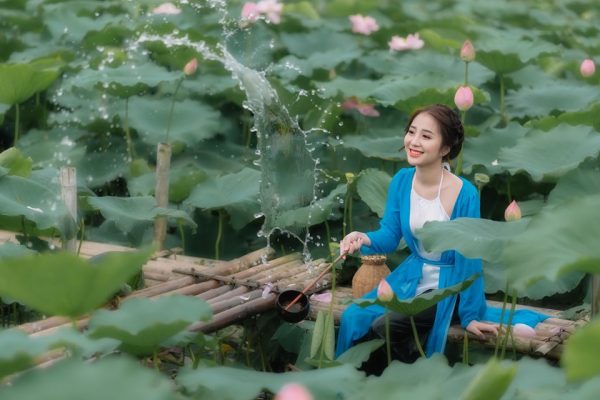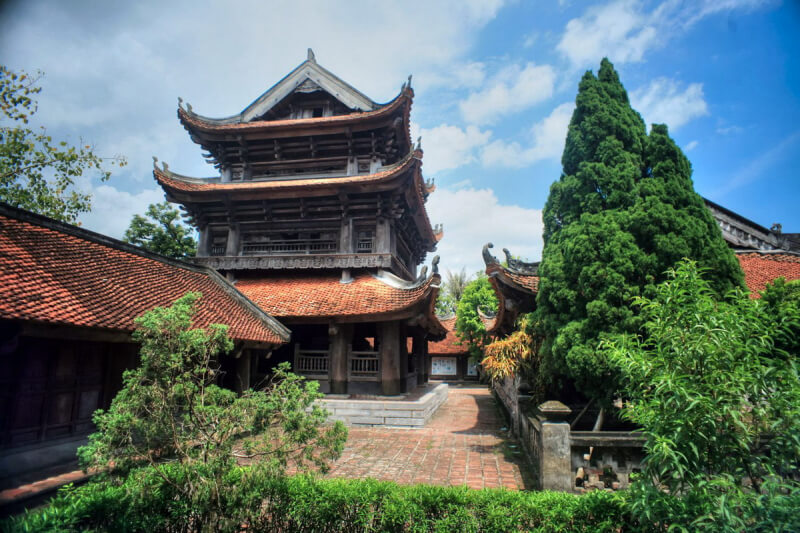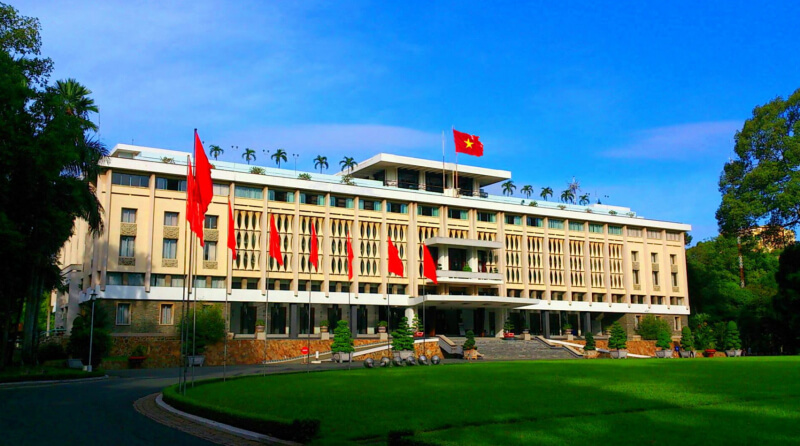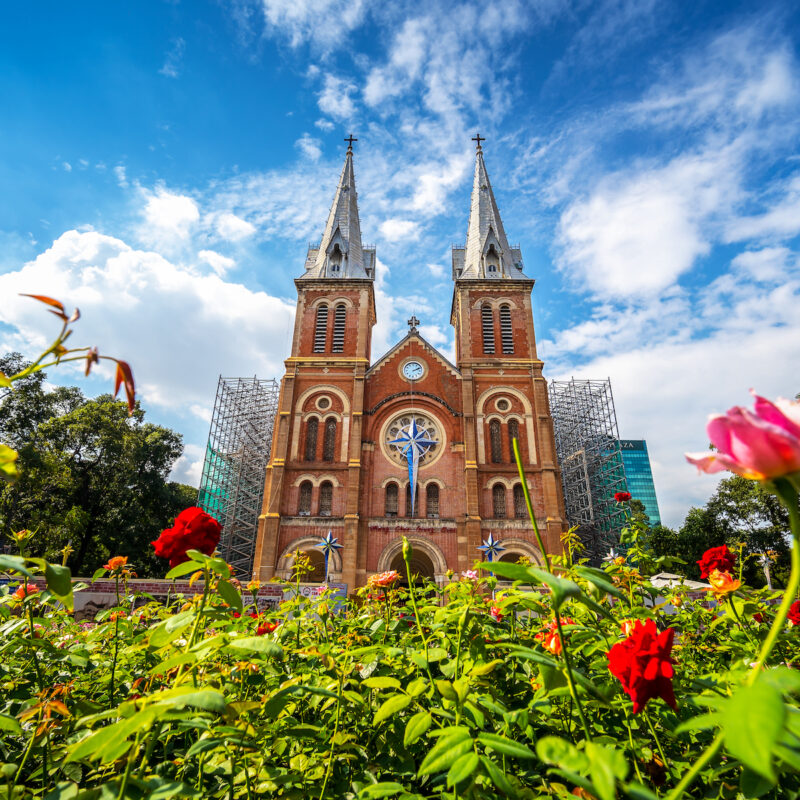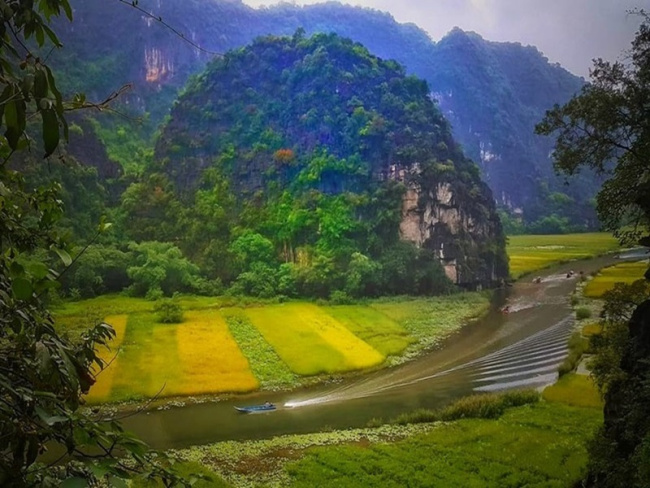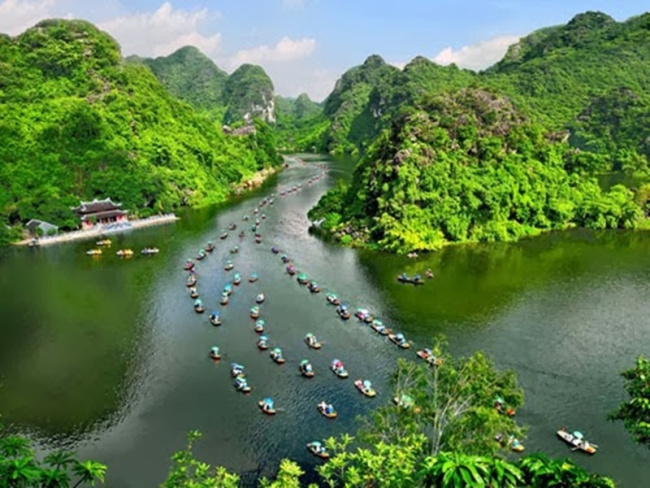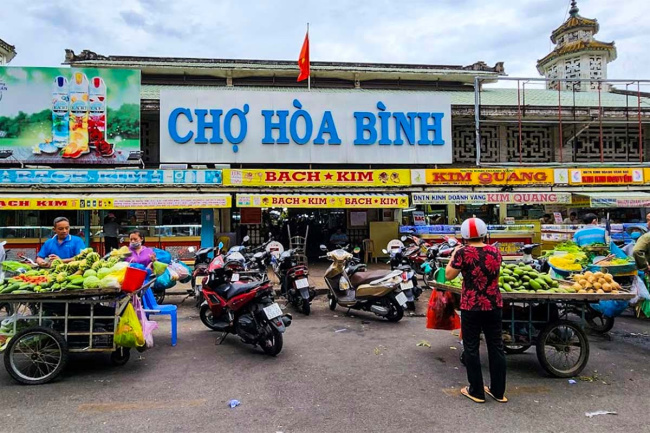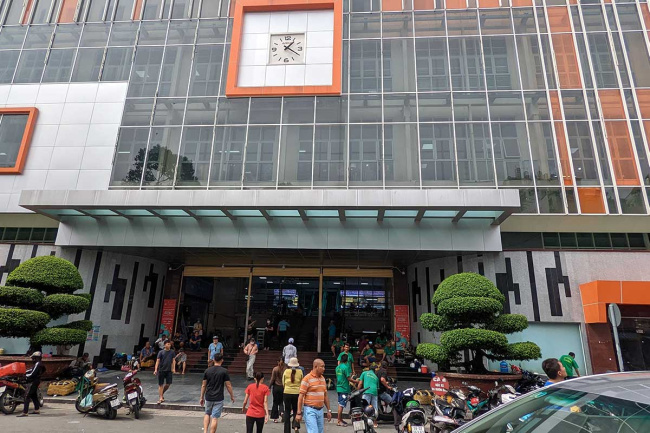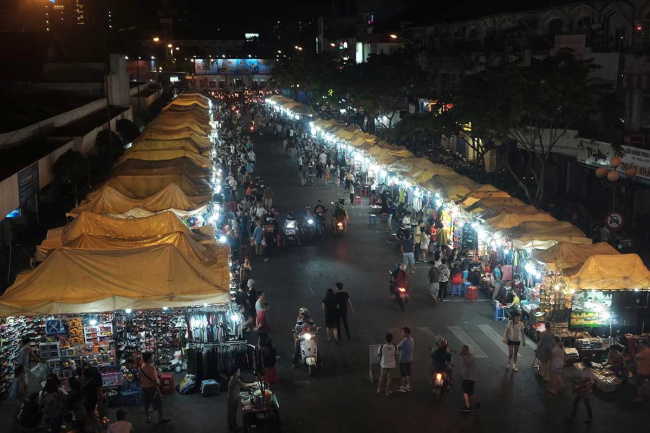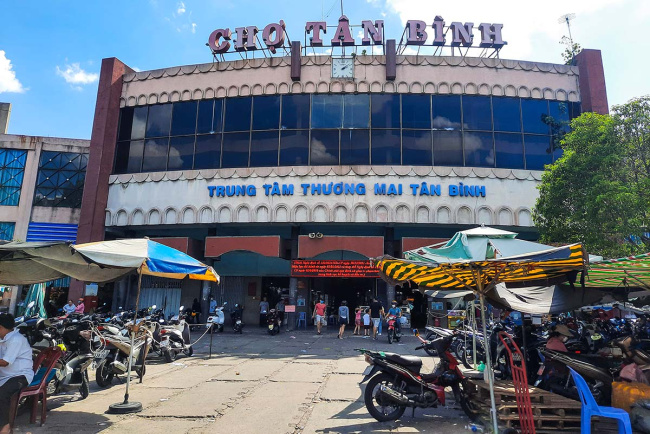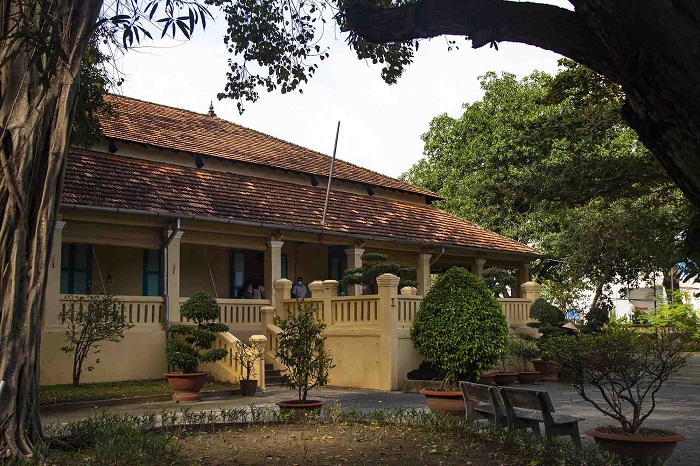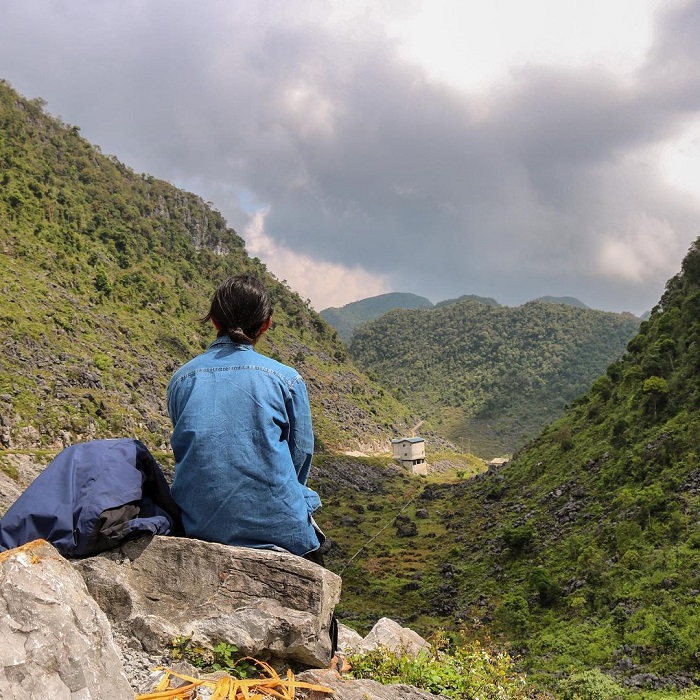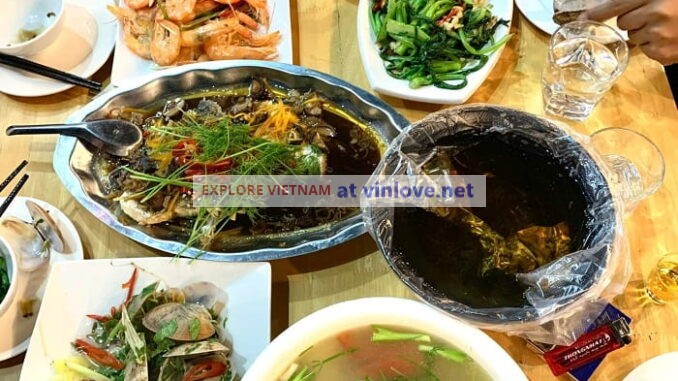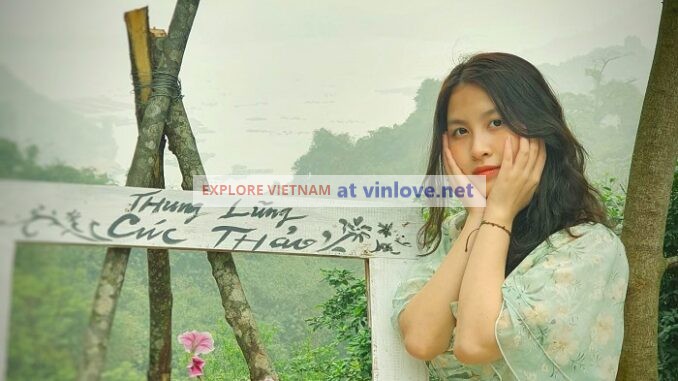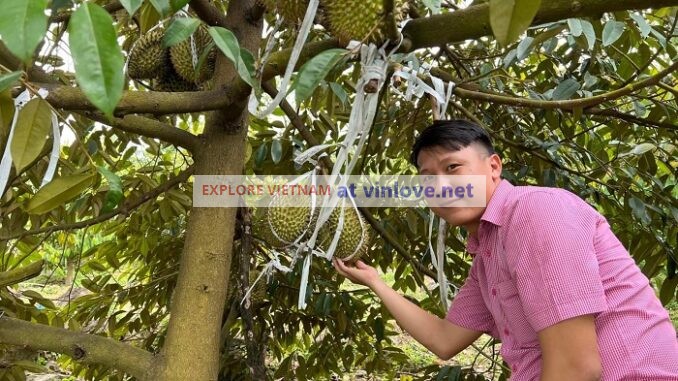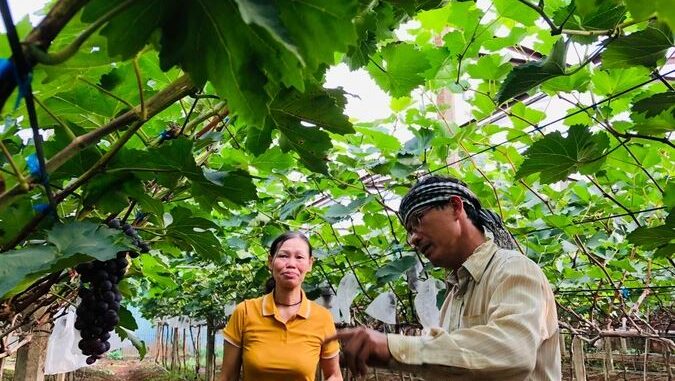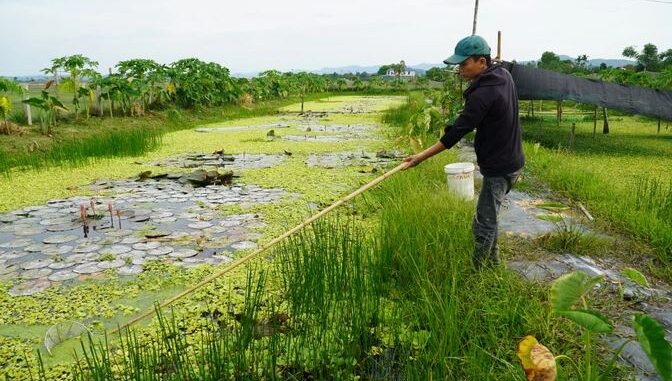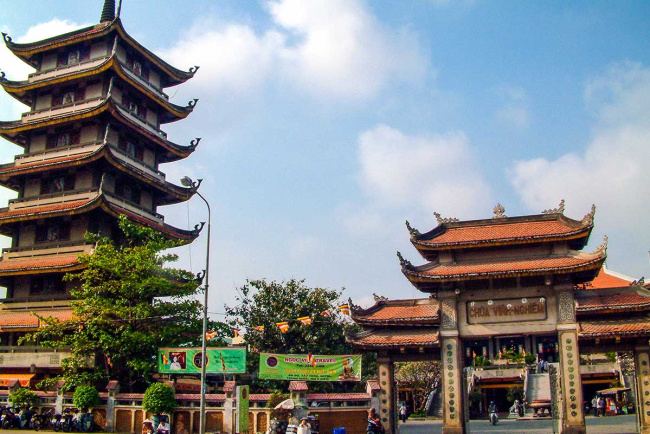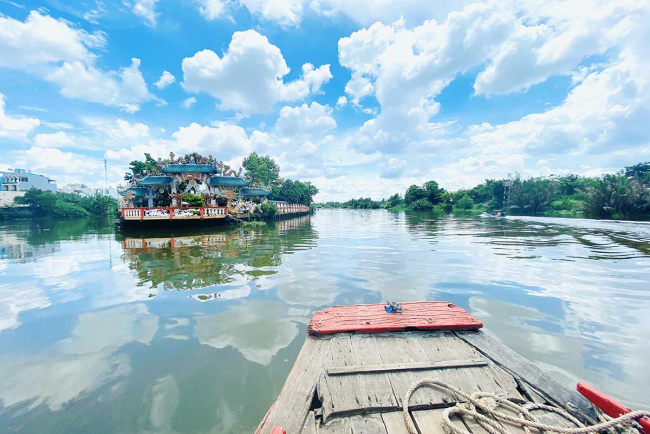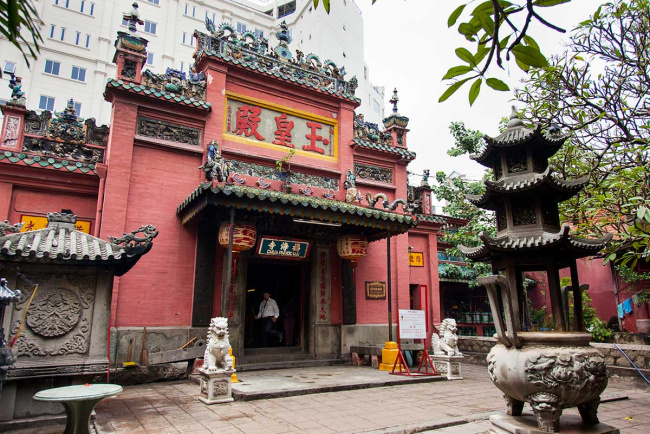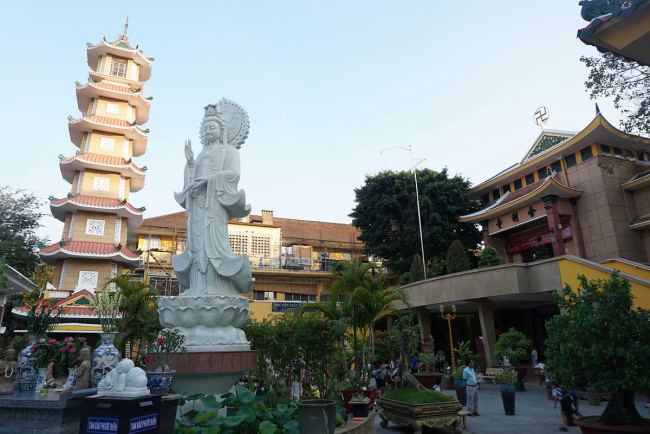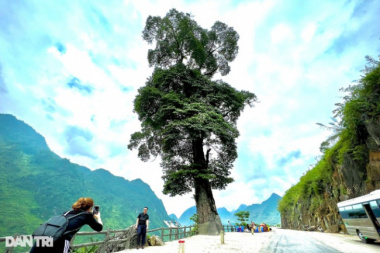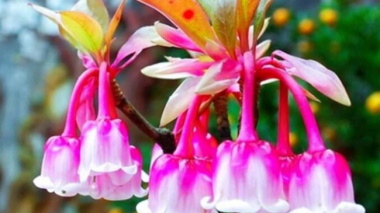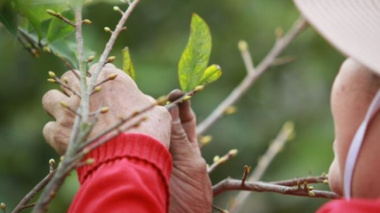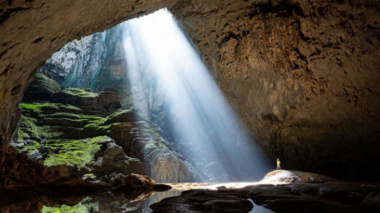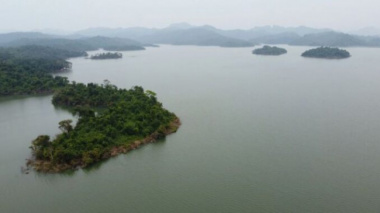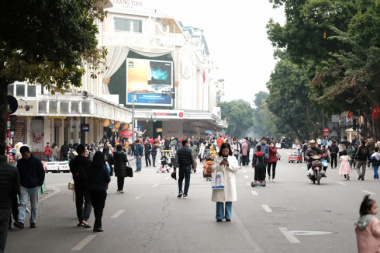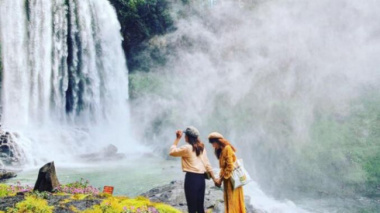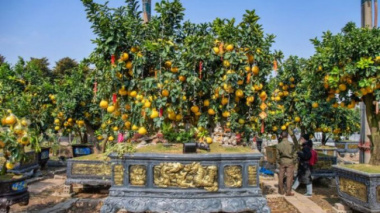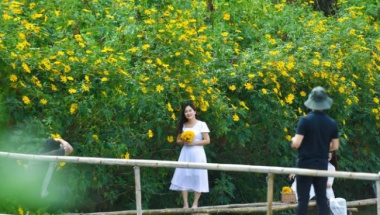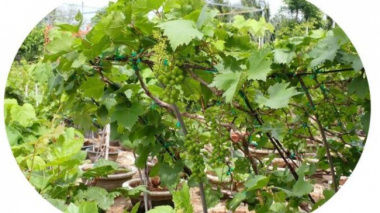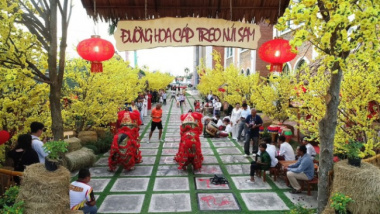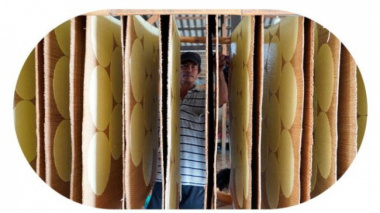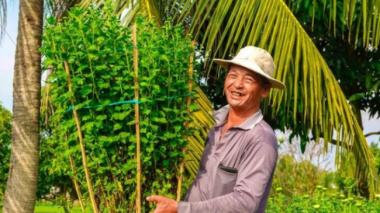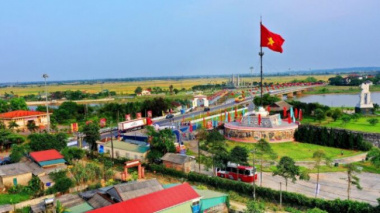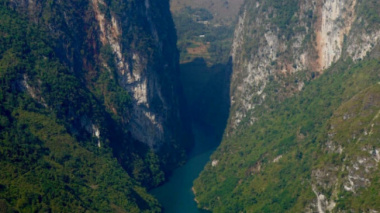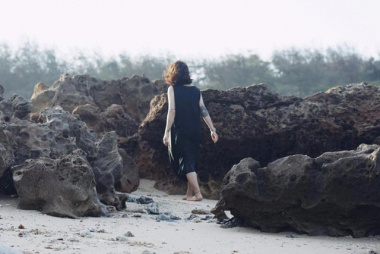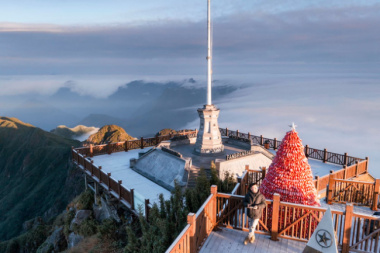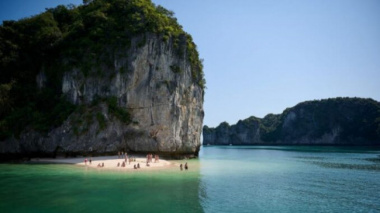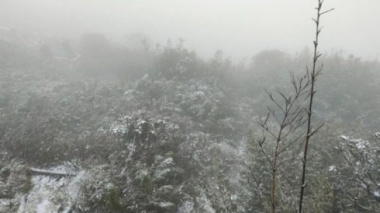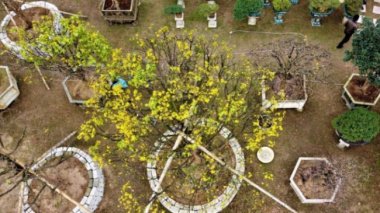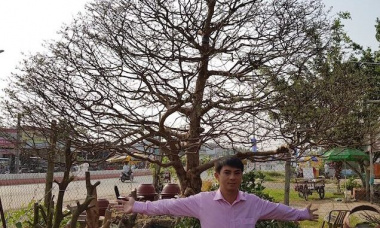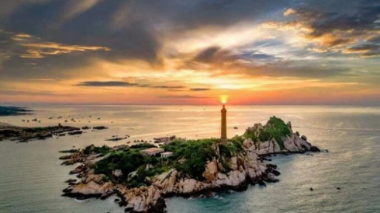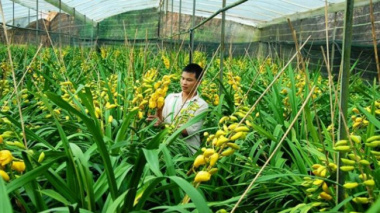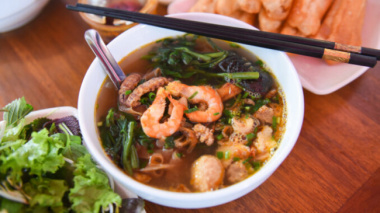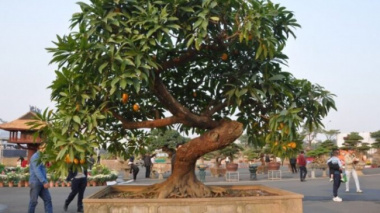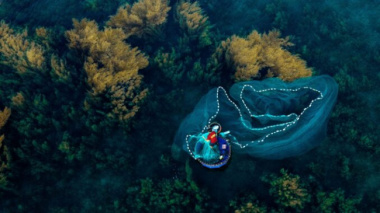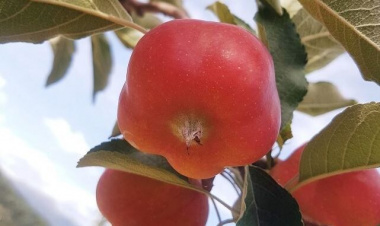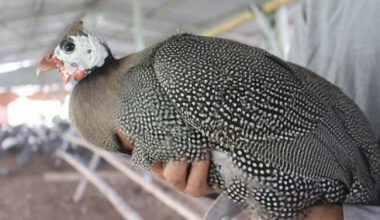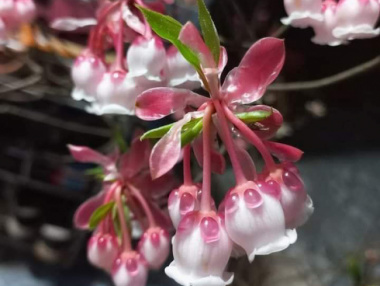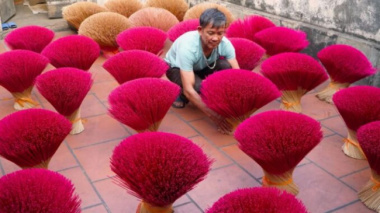Bach Ma National Park – Hue
- Location of Bach Mã
- What to Do
- Visit the Five Lakes
- Trek to the Base of Do Quyen Waterfall
- Summit Hike and Observation Point
- Peace at the Monastery
- Plants and Wildlife
- How to Get There
- When to Visit
- Ravishing Beauty in Bach Mã
Spread throughout three areas in Central Vietnam, Bach Mã National Park was once a French hill station that was home to 139 villas. Abandoned when Vietnam gained its independence, Bach Mã is now acclaimed for its natural beauty, historical significance, and ongoing conservation efforts.
The park is open year-round to ensure that visitors have complete access to explore its mountain forests, blue lagoons, spectacular cascades, and flourishing ecology. As one of the wettest national parks in Vietnam, visitors will need to plan their trip to Bach Ma according to the weather.
Location of Bach Mã
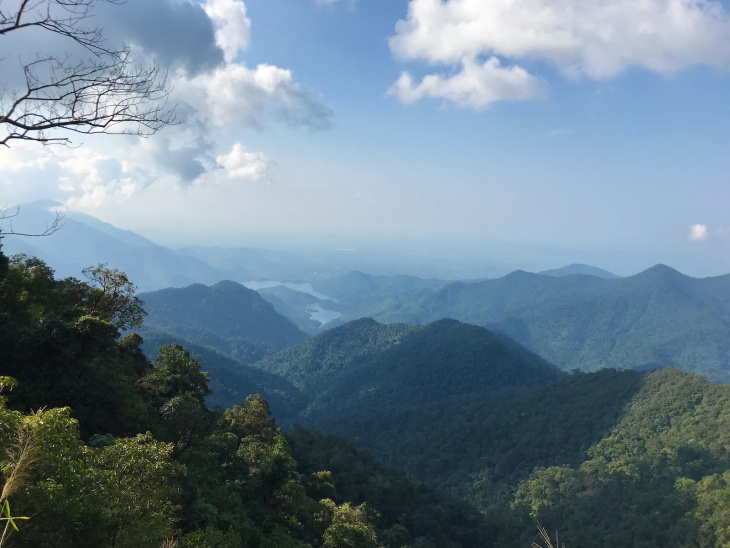
Scenic views from within the national park. Photo: igoratflickr
Nearly smack-dab in the middle of Vietnam, Bach Mã National Park is 85 square miles in size. The park consists of three zones with a protected core, administrative, and buffer zone area. Altogether, the three zones stretch from Vietnam’s coast to the Annamite Mountain Range.
Hue, a coastal city that was once the capital of the Nguyen Dynasty is the closest large-scale city to Bach Mã National Park. Situated just north of the park, many visitors travel to Hue from Hanoi. To the south of Bach Mã, Da Nang and Hoi An are popular coastal cities to visit due to their close proximity to the national park and central location in Vietnam.
History
Since the first half of the 20th century, Bach Mã’s splendid landscapes have been a popular vacation spot for foreigners. In the 1930s, Bach Mã caught the eye of French colonialists who used the park as a hill station for administrative control over the city of Hue. Much more than a strategic point, Bach Mã become the colonists’ go-to destination for countryside vacations.
From the 1930s to the 1950s, the French developed Bach Mã into a resort town. The area was complete with villas, hotels, and markets as well as a post office and hospital. After nearly 20 years, fighting increased in the area as Vietnam sought its independence, ultimately causing the French to abandon Bach Mã.
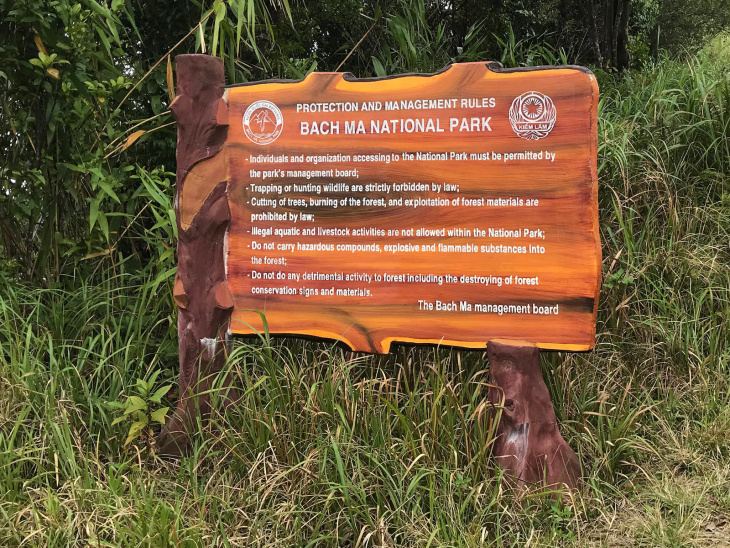
Bach Ma National Park. Photo: igoratflickr
Even under the influence of the French, the Vietnamese government saw the environmental importance of the national park and in 1937, the forests of Bach Mã were given governmental protection by South Vietnam. During the 1950s and 60s, the park’s forests were heavily impacted by the American War. Agent Orange, an herbicide that the US used in tactical warfare, devastated both the people and the environment in Bach Mã.
Stradling the area that was once the border between North and South Vietnam, the national park became a battleground. The government did its best to protect the park and in 1962, Bach Mã became a national park. For several decades, Bach Mã avoided the public eye, but by the 1990s, international interest in the park grew as more visitors traveled to learn about Vietnam’s history and environment.
Today, Bach Mã is frequently listed as one of the “can’t miss” national parks in Vietnam. With interest steadily growing, the park was expanded in 2008 to bring the complete size of the park to 145 square miles. With more terrain to explore, Bach Mã is well-suited for single and multi-day adventures.
What to Do

Hike the Rhododendron Trail and View the Do Quyen Waterfall in Bach Mã National Park Vietnam. Photo by: tpp1001.
In order to keep the park in its natural state, the Vietnamese government has refrained from building an abundance of roads or man-made attractions inside Bach Mã, meaning that a vast majority of the sites can only be accessed on foot.
Rather than an abundance of paved roads, there are dozens of natural trails that cut through the forests. These trails lead visitors to some of Bach Mã National Park’s prominent features like the Five Lakes, Do Quyen Waterfall, Hai Vong Dai Observation Post, and Truc Lam Monastery.
Visit the Five Lakes
Ngu Ho Lake, more commonly known as the Five Lakes, is Bach Mã’s claim to fame. A natural marvel, the Ngu Ho Lake consists of 5 smaller lakes that are all connected by a series of gentle waterfalls. Hiking to the lakes can be completed in about 30 minutes and the tranquil path is suitable for all ages. Leading visitors to Ngu Ho, you can take photographs, admire its beauty, and even swim in the lakes.
Trek to the Base of Do Quyen Waterfall
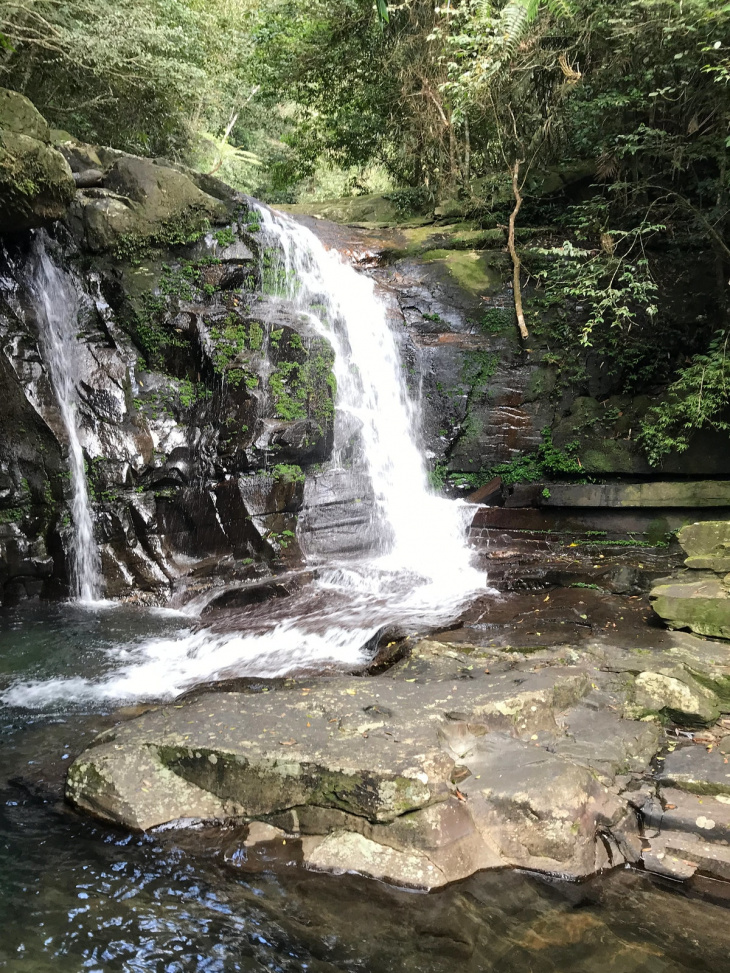
Explore the Waterfalls in Bach Mã National Park Vietnam. Photo by: igoratflickr.
If the Five Lakes trail sounds too easy, visitors can head to the Do Quyen Waterfall. Also referred to as the Rhododendron Trail, this hike is longer and more challenging than the path to the Five Lakes and can still be completed in one day, with fit hikers able to reach the falls in about 1 hour.
Waiting at the end of the trail is the Do Quyen Waterfall. Nearly 1,000 feet tall and descending down a sheer rock cliff, the waterfall is best visited from March to June when the rhododendrons are in bloom. Hikers have the option to descend 600 steps to the very end of the trail, which takes you to the base of the falls.
Summit Hike and Observation Point
Bach Mã’s longest and most strenuous hike is the trail to the summit of Bach Mã Mountain. With the best views of the park and surrounding area, hikers will set out from the park’s main entrance where they will begin a difficult trail, which stretches for about 12 miles (19 kilometers). Visitors should only attempt to hike to the summit if they are healthy and fit.
At the top of Bach Mã Mountain is the Hai Vong Dai Observation Point. A small pagoda at the summit provides shelter from the weather and gives visitors a place to sit down and relax after their long hike. The observation point is open daily and provides panoramic views of the area.
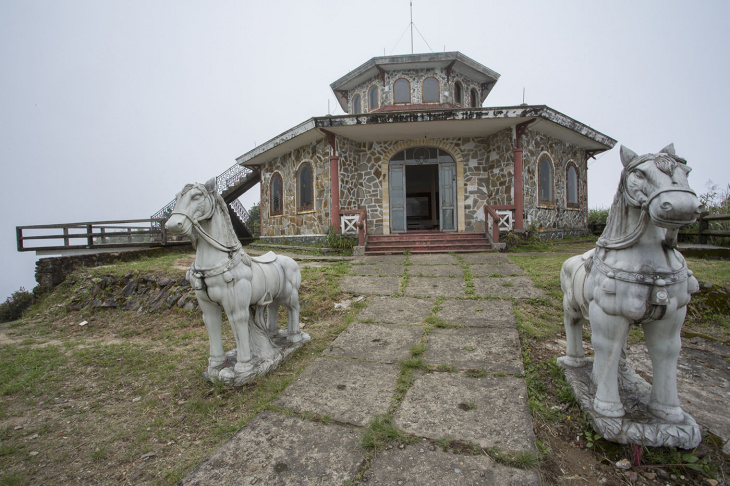
The Hai Vong Dai Observation Post. Photo by: budak.
Alternatively, a paved road winds its way up Bach Mã Mountain before ending just below the summit. Visitors who do not want to hike the 12 miles from the entrance to Hai Vong Dai can drive up the mountain and take the final steps up to the observation point.
Peace at the Monastery
Located near Truoi Lake and Linh Son Mountain, the Truc Lam Bach Ma Zen Monastery requires visitors to take a boat ride and then hike up a steep set of stone steps. The monastery is comprised of a bell tower, a few small houses, the main temple, and gardens. Those who make the journey are rewarded with beautiful incredible scenic views and the chance to experience Vietnamese culture.
Plants and Wildlife
Bach Mã National Park is home to thousands of known plants and animals. Within the park, there are just over 1,400 recorded plant species such as rare woods, like the Anisoptera scaphula, and more than 300 types used in traditional Vietnamese medicine.
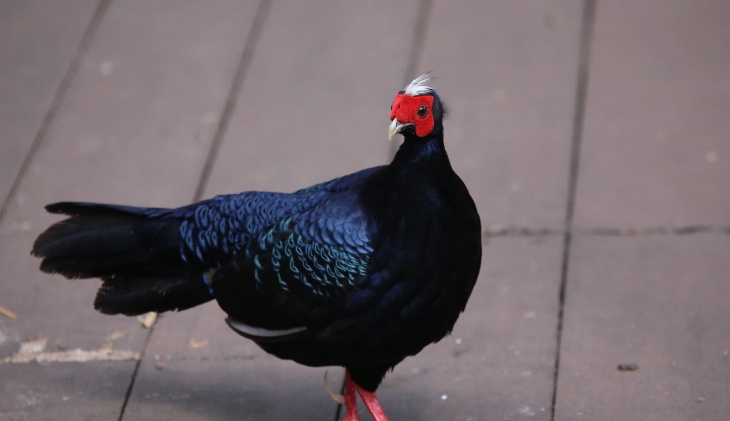
Edward’s Pheasant. Photo: cuatrok77
The park is also home to large mammals, such as Asian bears, tigers, and the saola, and smaller species, which includes 33 bird species, like the park’s rarest resident, the Edward’s Pheasant. While the rare animals tend to stay out of sight, visitors will likely see birds, insects, and dozens of plant species while they hike through Bach Mã.
How to Get There
Aligned with the coast, Bach Mã National Park can be easily accessed from three nearby cities. Hue is the biggest city within the park’s proximity, and it sits 25 miles (40 kilometers) north of Bach Mã. South of the park is Da Nang and Hoi An, which are 37 and 56 miles (60 and 90 kilometers) away from the park’s entrance.
Most travelers choose to stay in one of those three cities while they are visiting Central Vietnam. For travelers coming from Hanoi, Hue is 435 miles (700 kilometers) away while Ho Chi Minh City is 596.5 miles (960 kilometers) away. Trains and planes leave daily from Hanoi and Saigon, which makes it easier for visitors to reach the national park.
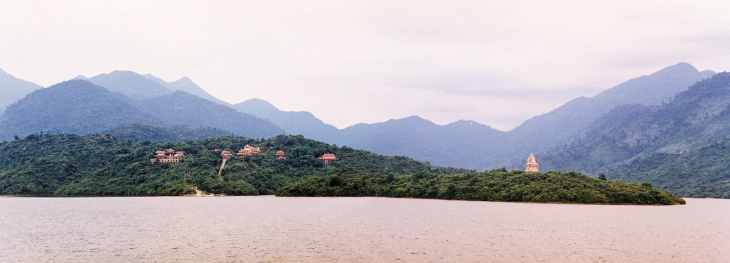
Truc Lam Bach Ma Zen Monastery. Photo: Khánh Hmoong
Once you have made it to Hue, Da Nang, or Hoi An, visitors can arrange for a taxi, private driver, or public bus to take them to the entrance of Bach Mã. Local tours often provide their clients with private transport to and from the park as a part of their package. A few visitors who are road tripping may also choose to rent a motorbike and drive themselves to and from the national park.
When to Visit
Central Vietnam receives more rain than other parts of the country, so taking the time to plan your trip to Bach Mã is important. Visitors who are focused on hiking will want to avoid the summer months, which is when the rainy season is at its peak. From January to April is the dry season when the rain subsides, which is ideal for hikers.
While tourists tend to visit during their vacation time in December or January, March and April bring a spike in visitors due to the rhododendrons being in bloom.
Ravishing Beauty in Bach Mã
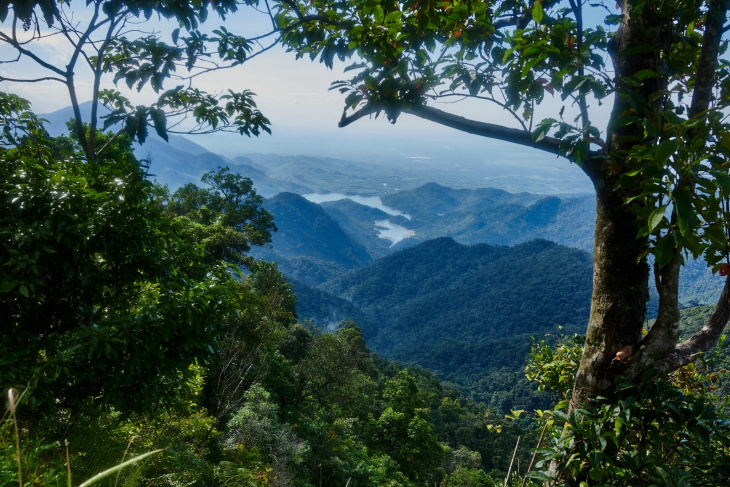
View of the valley in Bach Mã National Park. Photo by: tpp1001.
Providing an escape from the nearby cities, Bach Mã National Park captivates its guests with its ravishing beauty.
Home to breathtaking waterfalls and lakes, visitors can melt into some of Vietnam’s most amazing landscapes. As one of the more well-known parks in Vietnam, Bach Mã sees a steady stream of visitors throughout the year. While ongoing conservation efforts help manage the park annually, now is the time to visit Bach Mã before it becomes too crowded.
Details
Address: Hòa Bắc, Phú Lộc, Thua Thien Hue, Vietnam
Season: Year-Round | Best during the dryer months
Đăng bởi: Quý Phạm


